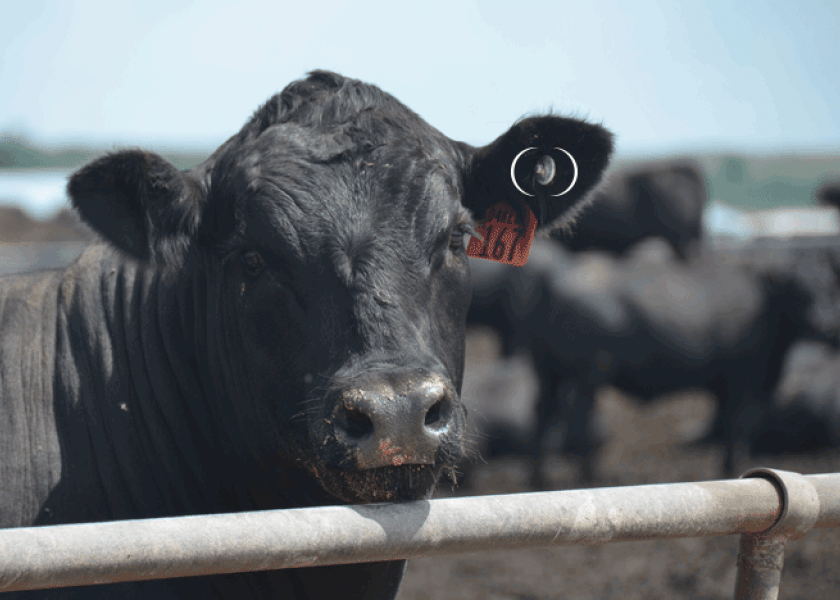U.S. CattleTrace Advances Disease Traceability

Multiple state cattlemen’s organizations from major beef producing regions have partnered together to form U.S. CattleTrace, a disease traceability initiative. The goal is to develop a national infrastructure for disease traceability and encourage private industry’s use of the infrastructure for individualized management practices.
The new U.S. CattleTrace initiative combines the efforts of CattleTrace, which includes multiple partners, including the Kansas Livestock Association and others in Kansas, Missouri, Oklahoma, Kentucky, Oregon and Washington, as well as traceability pilot projects underway in Florida and Texas. Those projects are facilitated by Florida Cattlemen’s Association, Texas Cattle Feeders Association, Texas and Southwestern Cattle Raisers Association and Kentucky Cattlemen’s Association.
“With producers and industry stakeholders working together from across the country, the U.S. CattleTrace partnership will be a catalyst to build upon the CattleTrace foundation we established the past few years,” said Brandon Depenbusch, CattleTrace board of directors chairman. “We encourage other state organizations and individual producers to join our efforts in building a nationally significant animal disease traceability system for the United States. By working together, we will build something that works for the industry.”
Volunteer leaders from each of the partner organizations have agreed to a set of guiding principles for U.S. CattleTrace, including the following statements:
In order to protect the producers’ share of the protein market from the potential impact of a disease event, cattle identification and traceability needs to be enacted, enhanced and further developed using electronic I.D. and electronic transfer of data.
U.S. CattleTrace is focused on developing a voluntary national traceability system to include all cattle and complement the current USDA regulations.
The goal is to build a system that is recognized as nationally significant to all domestic and foreign markets.
The U.S. CattleTrace disease traceability system strives to be equitable to all industry segments, and must be industry-driven and managed by a producer board of directors to ensure data privacy and protection.
U.S. CattleTrace supports the use of one technology for a United States cattle industry disease traceability system to maximize the value of technology investment. Since multiple RFID technologies are in use today, U.S. CattleTrace will accept data in a standardized electronic format from available technologies but supports a transition to ultra-high frequency technology by Dec. 31, 2023.
“Cattle disease traceability is a top priority in the beef cattle industry, and this partnership will continue to help guide the development of an enhanced traceability system in the United States,” said Jim Lovell, past TCFA chairman. “Our different state projects have always had a similar goal in mind – to develop a disease traceability system that works across the country. Combining our efforts makes this initiative stronger on a national level.”
For more information about U.S. CattleTrace, including details on how to get involved, visit https://www.UScattletrace.org.
In late August 2018, CattleTrace Inc. was formally established as a private, not-for-profit corporation to securely maintain and manage the data collected as part of the disease traceability pilot project. A board of directors with representatives from cow-calf, livestock market and cattle feeding sectors was named to lead CattleTrace Inc. In January 2020, the board voted to change the name to U.S. CattleTrace Inc. to formally establish the multi-state initiative to advance disease traceability.







